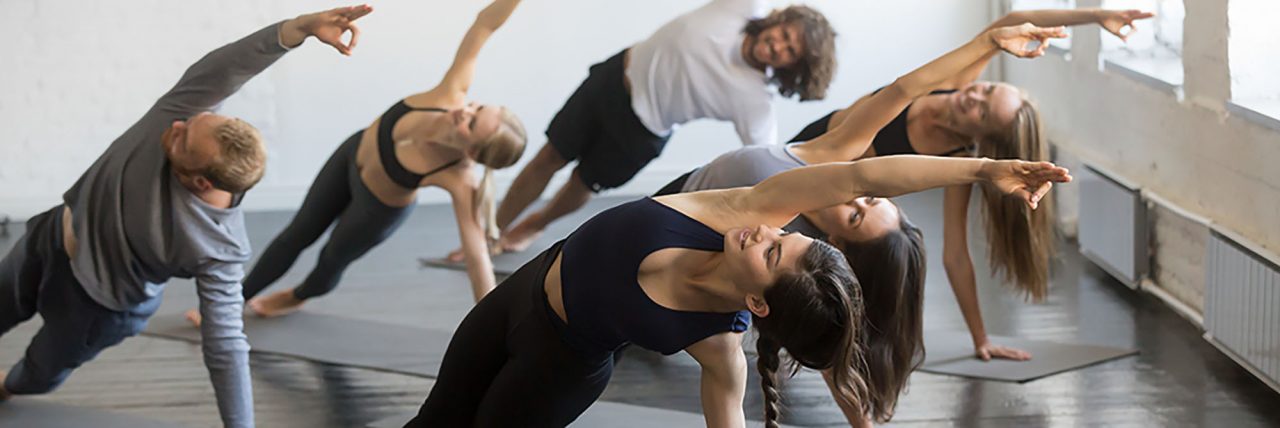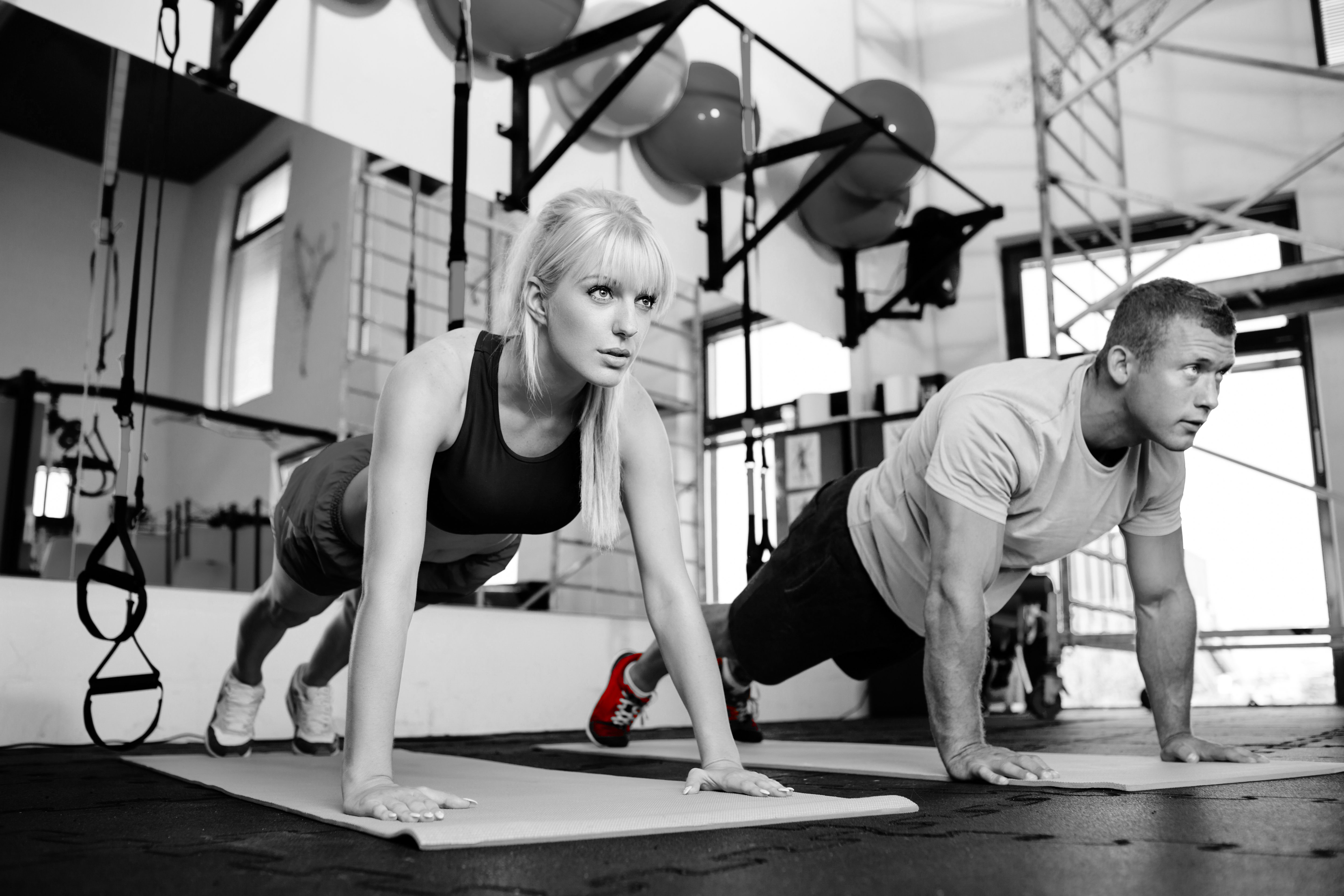As our lives have gotten busier and more stressful, we’ve begun to look for exercises that promise to reduce stress and improve general wellbeing: Enter Pilates and yoga.
Both these practices are great for building long, lean muscles, working the core, improving flexibility and reconnecting with the breath. They’re also low intensity, low impact and inclusive of everyone – regardless of ability.
While the 2 have plenty of similarities, they also have their differences.
Let’s take a closer look:
Yoga
Originating in India, yoga was created to connect the individual consciousness with the universal consciousness through physical activity. Which means that yoga isn’t just about exercising your body, but nurturing your emotional and spiritual health as well.
While there are multiple forms of yoga, from the challenging and sweaty, to the gentle and restorative, the focus is always on reconnecting the breath and body. Our lives are so busy and full of stress that we often forget to breathe deeply and fully, and this has a noticeable impact on our overall health. Yoga provides a space and time to breathe deeply, forget about stress and focus on being in our bodies – exactly what makes it so helpful for those with anxiety, depression, high blood pressure and more.
While it all sounds very zen and chill, don’t let this fool you into thinking all yoga is a stroll in the park! Poses can be challenging and build serious strength and flexibility throughout your body. The great thing is with so many different forms of yoga, you can choose a class to suit your needs. Keen to get the heart pumping and sweat flowing? A quick flowing dynamic or power orientated yoga could be for you. Relaxation and flow more your thing? A calming Hatha or Flow and Restore class will tick the box.
To find out more, read our beginner’s guide to yoga and get started with these 8 yoga poses.
Pilates
Pilates is a much newer form of exercise. Invented in the 20th century by Joseph Pilates, its purpose was to help heal and rehabilitate injured soldiers.
Given its roots, it’s no wonder Pilates is recommended for those with injuries, arthritis, back and pain. Its main goal is to strengthen the core, stabilise and elongate the spine and develop balance and overall strength. While there are multiple forms, some using specialised equipment, most classes take place on the mat and focus on small movements that work important stabilising muscles in the back and core. Emphasis is also placed on controlled breathing to work the core and pelvic floor (just one reason why it’s excellent for those with back pain or urinary incontinence).
Like yoga, the speed and intensity of Pilates classes can be very varied. However, as movement is more controlled and you build up slowly, it’s often a safer option for those prone to injury, or those who are exploring this type of exercise for the first time. Unlike yoga, classes often revolve around counting and follow short sets (for example, 10 reps of each move). As a result, it can be appealing to those who like a more structured and disciplined practice.
Find out more in our beginner’s guide to Pilates.
So, which is right for you?
Whether you go for yoga or Pilates comes down to personal preference.
While it’s a generalisation and everyone is different, more logical minds and those who like routine, structure and attention to detail, tend to gravitate towards Pilates, while creative types looking for more freedom and flow enjoy yoga.
That being said, there is no reason for either/or. Both practices are seriously beneficial and complement each other well: Strengthening your core in Pilates class will give you better balance in yoga and increasing your flexibility in yoga will see you move deeper in Pilates. It’s a win-win.
This post originally appeared on the David Lloyd blog.




